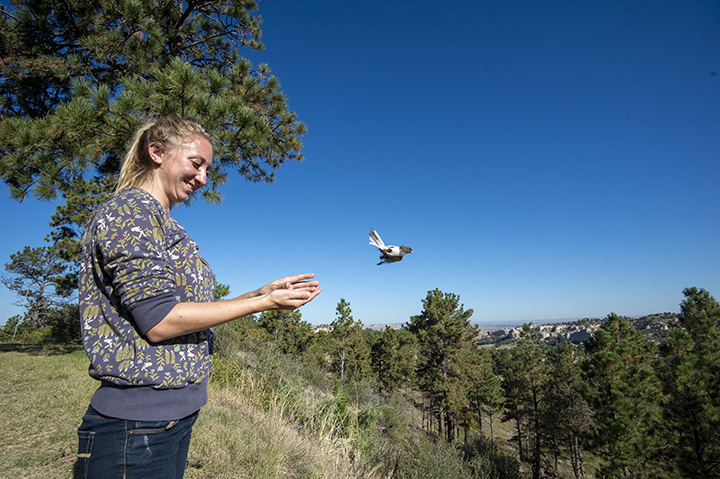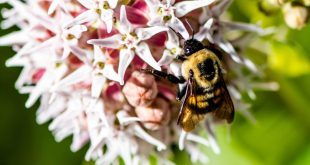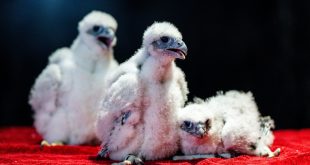Diversity is key to our understanding and conservation of wildlife
Enlarge

Photo by Renae Blum
By Alie Mayes, Community Science Specialist
My parents owned a greenhouse business outside of Sedalia, Missouri, on the second half of a parking lot for a Pepto-pink antique mall. We had woodlands to the east and a stream about a quarter of a mile to the south. Months of my childhood were spent running free with my older sister and brother. We loved searching out the snakes, lizards, toads, turtles and other small animals that lived nearby. Naturally, it didn’t take long for us children to learn about the benefits of diversity in our quest for critters.
However, the gravel parking lot was not an ideal place to search for life. The short grass near the fence was a good place to find small toads during a certain time of year, but generally did not provide much bounty. The large flat rocks located behind the pink mall usually provided some lizards and ring-necked snakes. Thankfully, while it wasn’t the most pristine example of “wilderness,” the woods and stream provided us with the best habitat for our search.

This childhood experience taught me diversity is the key to resilience, that the long-term health and stability of an ecosystem is tied to the balance of many species. Diversity allows for fluidity within a system, which allows shifts and changes to occur with less impact on the whole.
In my career, I’ve also learned that a diversity of people is integral to the understanding and conservation of wildlife. One of the things that attracted me to community science work is that it holds space for people. When community science is done well, it opens the door to diverse thoughts, backgrounds and experience. It allows people to contribute to science and conservation, exactly as they are. And on the flipside, it gives permission for researchers to ask for help.
One example of this is our understanding of bird song. For over 100 years, it has been widely understood that only male birds sang to defend territory and attract females. However, in the past 20 years, research has proven that female birds of species across the globe also sing their own songs. And what led to this discovery that has been overlooked for so many years? An increase of women researchers.

This July, let’s notice and appreciate the rainbow of wildlife and plants in Nebraska. From the bright red of the cardinal to the purple of the martins, Nebraska is a showcase of beautiful color. Let’s also be so bold as to show up exactly how we are and know that it is enough. Because our species, like the ecosystem we are a part of, are stronger and more resilient when we embrace and allow space for our differences.
Nature is as beautiful as it is diverse.
This article is part of the Nebraska Nature in Color series. This limited series will run monthly from December 2023- July 2024.
 Nebraskaland Magazine
Nebraskaland Magazine


